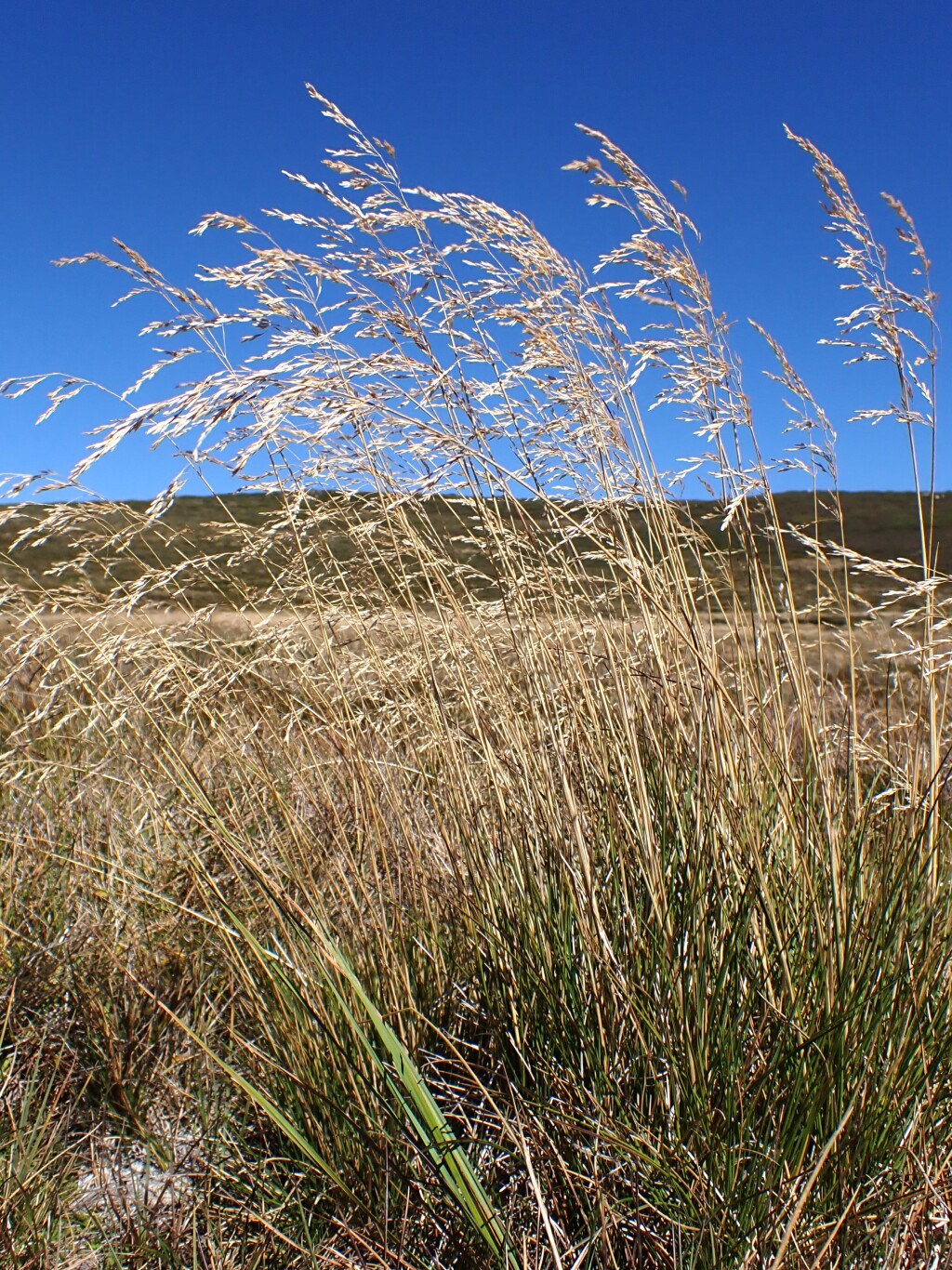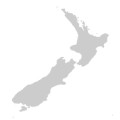Deschampsia cespitosa
Tufted Hair-grassEss. Agrostogr. 91: t.18 fig.3 (1812)
Taxonomic status
Accepted
Occurrence status
Present
Origin
Native
Degree of establishment
Native
Threat status
FFG:
Endangered (EN)





